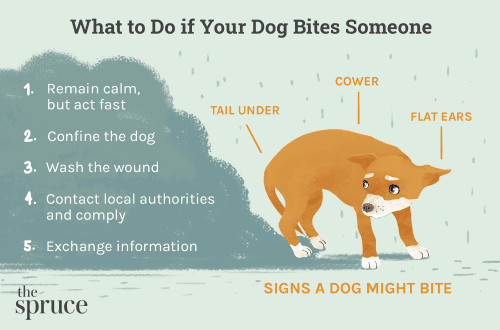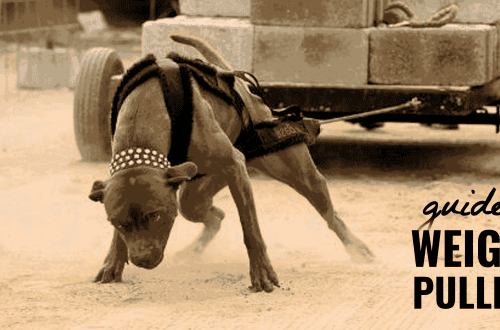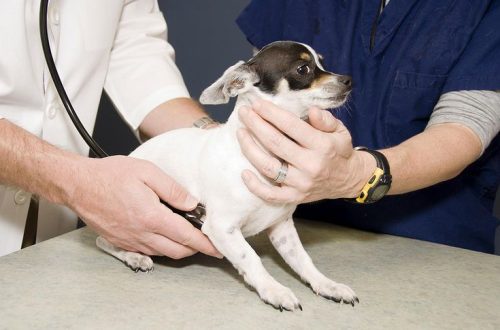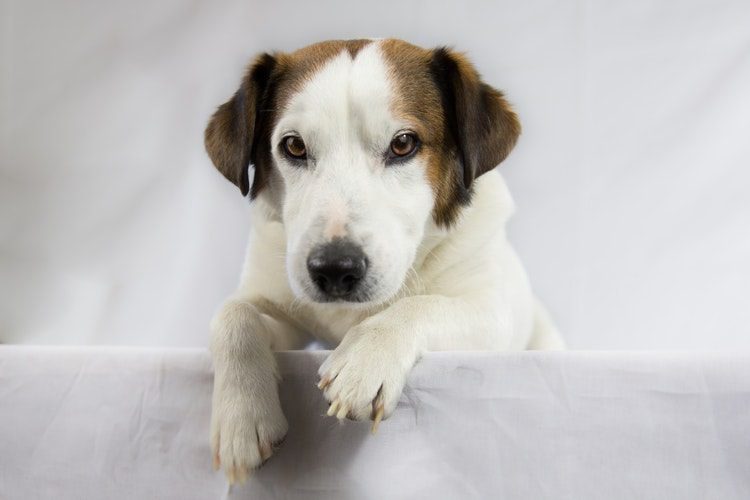
How to regain a dog’s trust?
Signs of a dog’s trust are an emotionally positive attitude towards this person, the dog’s readiness to follow the person and communicate with him, the readiness to obey the requirements of this person and allow him to perform any manipulations with himself.
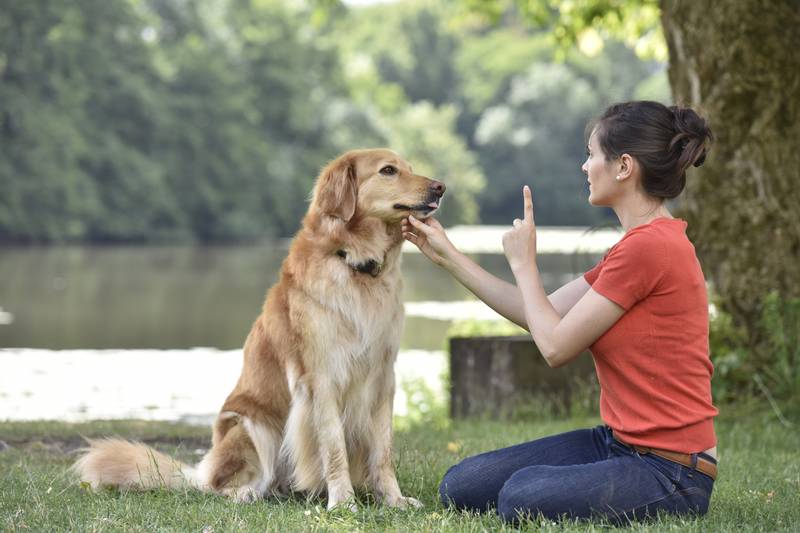
And, conversely, the loss of trust is usually expressed in fear of a particular person, fear of him, in the absence of a desire to communicate with him, in avoiding physical contact, in unwillingness to fulfill the requirements, as well as in resistance to fulfilling the requirements of this person in a passive, or even aggressive form.
As a rule, the question of the return of trust from the side of the dog arises after the deliberate or accidental infliction of severe pain or fear on the part of a particular person. Less often, a dog ceases to trust a person in case of his unpredictable behavior. This is when a person has seven Fridays in a week.
Rebuilding a dog’s trust is not at all difficult, but it takes time, and sometimes a lot. You know the law of the universe: to destroy is very fast, but to build is much longer. And if we talk about the bad and dangerous, then the gullible do not live long. Therefore, it takes much longer to learn to be afraid than to learn to give a paw.
To regain the dog’s trust, you must again begin to meet the requirements of the first paragraph: you must become kind and benevolent, you must become a source of positive emotions and joy for the dog. You must become not only predictable in your actions and reactions, but also kind and patient in your constancy.
On the way to canine trust, it is necessary to exclude those situations in which there was a loss of this trust, to exclude those influences that led to the conflict. Spend as much time with your dog as possible. Do what the dog likes, what makes him positive emotions and joy. Stop feeding your dog just like that. In general, start feeding the daily dose of food from your hands, while interacting with the dog. Give your dog food that he loves to eat as often as possible. For a while, you can even neglect the diet. Play with your dog as much as possible. Stroke, scratch and hug your dog more often, talk to it in a gentle voice. But don’t be intrusive: if the dog is avoiding, stop, and after a while offer contact again.
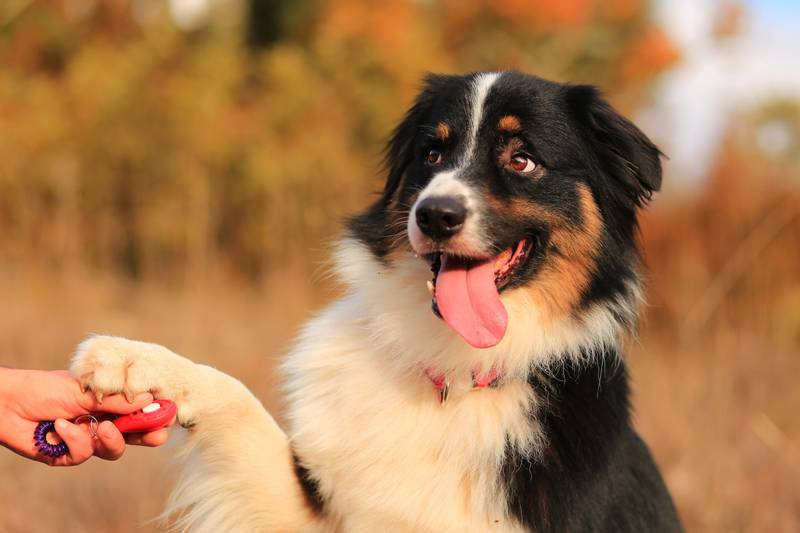
Increase the number and duration of walks. On a walk, offer your dog a joint and interesting activity for him. Run with her and away from her.
When you see that in situations far from conflict, the dog’s trust in you has increased, gradually (from afar, inexpressively, starting with low intensity, etc.) begin to behave as it was before or during the conflict. For example, your dog is afraid when you raise your hand: he thinks that this will be followed by a blow. To prove to the dog that it all seemed to her, dreamed and dreamed, during the game, step back three steps from her, raise your hand, immediately lower it and cheerfully invite the pet to continue the game. Over time, raise your arms more often, hold them up longer, and get closer to the dog. But each time, end it all with positive consequences for the dog. The game can be replaced by treating the pet with delicious food for him.
Sometimes it is difficult to prove to the dog that nothing terrible and fatal will happen if it follows the owner. For example, a rare dog will even follow his beloved master for the first time up the stairs to . It remains to prove to her not with words, but with deeds, that they do not die from this. We grab the dog and forcibly lead it up the stairs, ignoring its resistance and screams. After a few sessions, the dog actually realizes that he is still alive, and the paws and tail do not fall off at all. And after a couple of months of regular training, he independently overcomes this stepped projectile.
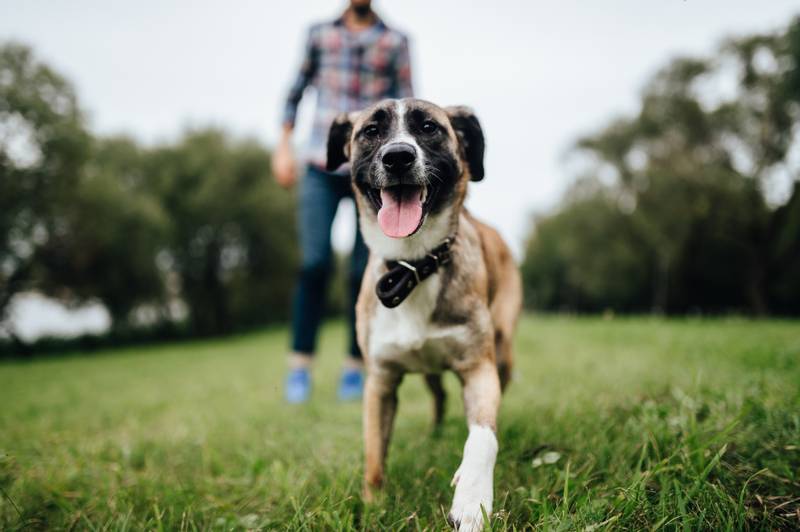
As an example of the restoration of trust, I will cite the following case. Sheltered a female 2 years old and with . The dog did not allow itself to be combed out, washed and rubbed. She categorically did not allow not only to remove and put on the collar, but also to attach a leash to it. With screams she threw herself at every outstretched hand, biting it tangibly.
The dog found a new owner, and we set about restoring trust in the hands and the person. And above all, they stopped feeding the dog just like that. Feeding was carried out as follows: in the left hand, a pellet of food – the right hand is extended towards the dog. If the dog does not show aggression, she is fed a pellet of food. If it shows aggression, the person turns away from the dog and moves away from it. After 5-10 minutes, the approach is repeated. The further stages were as follows: the right hand touches the dog’s side with the fingers, then different places, the palm is placed on the dog, the dog is stroked, the skin is slightly collected with the fingers, the dog is scratched with the fingers, the strokes are getting more intense, the dog is slightly squeamed. At the same time, work was going on with the collar: the finger touches the collar, the finger is pushed under the collar, two fingers, three fingers, the collar is hooked with a finger and slightly pulled, the intensity of the impact of the hand on the collar increases, it is half-removed and again returned to its place, finally removed through the head and put on again.
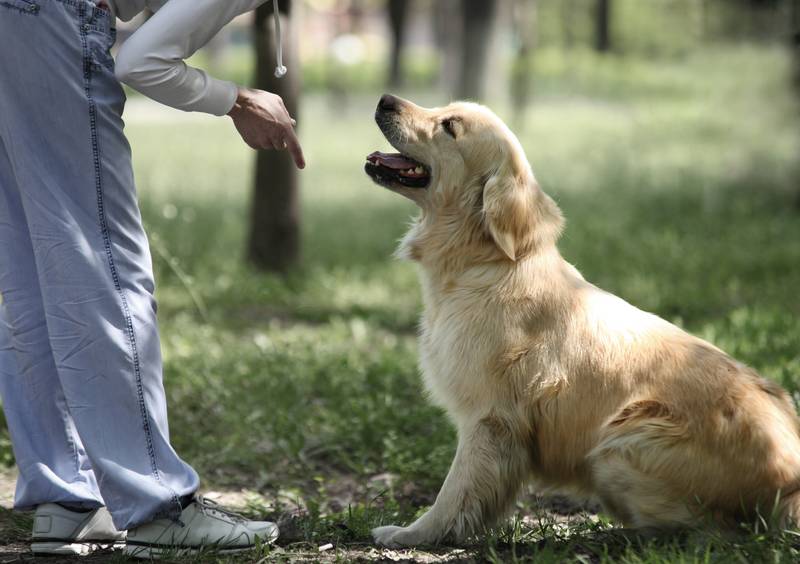
As a result, the dog ceased to be afraid of hands; moreover, communication with hands became a biologically important event for the dog. But it took two minutes to write this paragraph, and 3 months to describe the events. And I also want to note that in the behavior of the dog there were kickbacks, all kinds of stubbornness and other “I can’t, I don’t want, I won’t”.
So love, patience and work will return the dog’s faith to you! Here is such a well-known dog saying.



